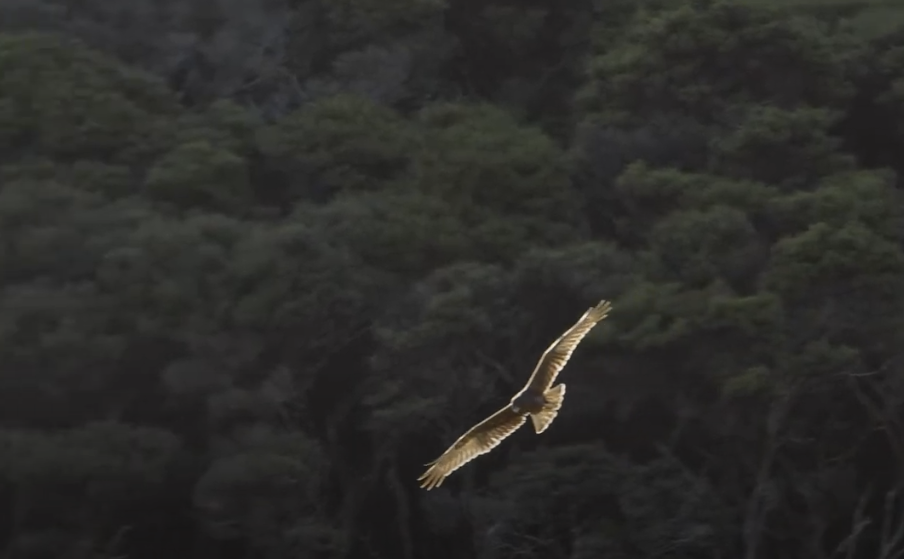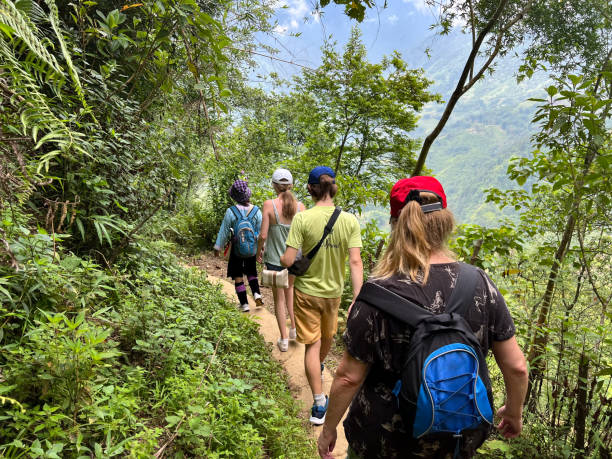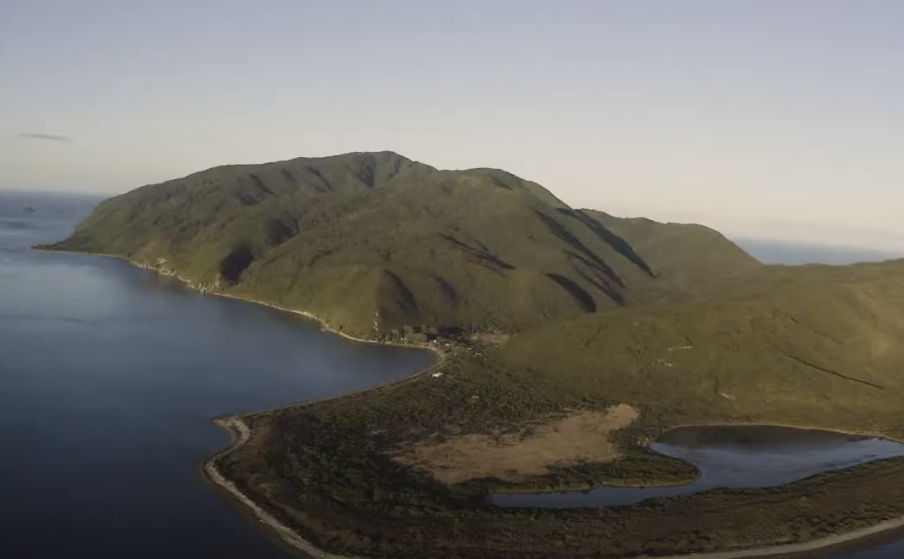Embark on a Kapiti Island tour and discover a sanctuary of wildlife, lush forests, and rich Maori heritage. Experience guided nature walks, bird watching, and insights into conservation efforts on one of New Zealand’s most cherished nature reserves. Prepare for an adventure where nature and culture intertwine beautifully.
Explore the Unique Ecosystems of Kapiti Island
Kapiti Island stands as one of New Zealand’s premier destinations for wildlife enthusiasts and nature lovers. With its pristine landscapes and diverse ecosystems, Kapiti Island tours offer an unparalleled opportunity to witness native birds, lush forests, and historical sites. The island is a protected nature reserve, which helps maintain its untouched beauty and supports conservation efforts.
Natural Diversity and Conservation
Kapiti Island, established as a nature reserve in 1897, remains a beacon of conservation efforts aimed at preserving its unique biodiversity and cultural significance.
- Protected Status: As one of New Zealand’s oldest nature reserves, Kapiti Island plays a pivotal role in safeguarding endemic species and habitats from invasive threats and habitat degradation.
- Conservation Initiatives: Ongoing projects focus on habitat restoration, predator eradication, and species recovery, supported by partnerships with local communities and conservation organizations dedicated to maintaining the island’s ecological integrity.
Marine Reserves
Surrounding Kapiti Island are marine reserves that nurture a thriving underwater ecosystem, complementing the island’s terrestrial biodiversity.
- Rich Marine Life: Explore the marine reserves teeming with a diverse array of fish, invertebrates, and marine mammals, sustained by nutrient-rich currents and diverse coastal habitats.
- Snorkeling and Diving: Engage in guided snorkeling or diving expeditions to encounter endemic species such as crayfish, octopus, and colorful fish that populate Kapiti Island’s clear waters.
- Conservation Impact: Marine reserves serve as crucial sanctuaries for endangered marine species and contribute to the overall health of New Zealand’s coastal ecosystems through sustainable management practices.
Forest Reserves
The ancient forests of Kapiti Island provide sanctuary to rare bird species and endemic flora, offering unparalleled opportunities for exploration and ecological discovery.
- Native Forests: Wander through towering rimu and rātā trees draped in epiphytes and ferns, forming a dense canopy that shelters a myriad of native plants and fungi.
- Avian Paradise: Kapiti Island is renowned as a haven for endemic birdlife, including the charismatic kākāriki (red-crowned parakeet) and melodious kōkako, whose distinct calls echo through the forest.
- Guided Nature Walks: Embark on guided walks led by knowledgeable naturalists, unraveling the island’s ecological mysteries and witnessing firsthand the ongoing conservation efforts to protect its unique biodiversity.
Kapiti Island Nature Tours

Kapiti Island Nature Tours are the heart of the visitor experience, providing guided walks through the island’s rich natural and cultural heritage. These tours are essential for anyone looking to delve deeper into the ecological significance and the conservation efforts that keep the island thriving.
Guided Walks
Embark on enlightening guided walks led by experienced naturalists and Maori guides, providing in-depth insights into Kapiti Island’s unique ecosystems.
- Expert Guidance: Knowledgeable guides offer detailed explanations of the island’s flora and fauna, highlighting endemic species and their ecological roles.
- Educational Experience: Learn about conservation efforts aimed at protecting Kapiti Island’s fragile ecosystem, including predator control and habitat restoration initiatives.
- Trail Options: Choose from a variety of trails catering to different fitness levels and interests, ensuring an enjoyable and informative experience for all visitors.
Bird Watching
Immerse yourself in unparalleled bird watching opportunities amidst Kapiti Island’s pristine habitats, renowned for their biodiversity and conservation success stories.
- Species Diversity: Encounter a diverse range of bird species, from the elusive kiwi and the colorful kaka to the majestic takahe, all thriving in their natural habitat.
- Naturalist Insights: Gain insights into bird behavior, nesting habits, and the challenges they face in a changing environment.
- Photography Tips: Capture stunning images of rare and endemic birds with guidance on the best times and locations for photography.
Cultural Insights
Explore the rich cultural heritage of Kapiti Island through engaging narratives and traditional practices that have shaped its history and conservation ethos.
- Maori Legends: Listen to captivating stories and legends shared by Maori guides, illustrating the island’s historical significance and spiritual connections.
- Cultural Demonstrations: Participate in demonstrations of traditional Maori practices, such as weaving and carving, highlighting sustainable resource management.
- Interactive Learning: Engage in hands-on activities that deepen your understanding of Maori culture and its integral role in Kapiti Island’s conservation efforts.
Booking Your Adventure: Practical Details
Planning your visit to Kapiti Island requires some preparation, especially due to its protected status. Here’s what you need to know:
Tour Operators
Selecting the right tour operator is crucial for a compliant and enjoyable visit to Kapiti Island, renowned for its biodiversity and cultural significance.
- Authorized Operators: Only authorized tour operators are permitted to conduct tours to Kapiti Island. Ensure you book with recognized operators who comply with conservation regulations and prioritize visitor safety.
- Reputation and Reviews: Research operator reviews and reputations to choose a reliable service known for quality tours and knowledgeable guides.
- Booking Process: Due to limited visitor numbers and high demand, especially during peak seasons, book your tour well in advance. This ensures availability and allows for proper planning.
Prices
Understanding tour prices helps budget for your Kapiti Island adventure, with options available to suit various preferences and budgets.
- Price Range: Tour prices typically range from NZD 75 to NZD 250 per person, depending on the duration of the tour and included services such as guided walks, cultural experiences, and meals.
- Additional Costs: Verify if additional costs apply for transport to and from the island, park fees, or optional activities not included in the base tour price.
- Value for Money: Consider what each tour package includes and compare offerings to find the best value for your experience, balancing cost with the quality of services provided.
What to Bring
Pack essential items to ensure comfort and preparedness for exploring Kapiti Island’s diverse landscapes and wildlife habitats.
- Clothing: Layer clothing suitable for varying weather conditions, including a waterproof jacket or rain gear. Dress comfortably for walking and outdoor activities.
- Footwear: Wear sturdy, closed-toe shoes suitable for walking on uneven terrain and hiking trails.
- Sun Protection: Protect yourself from New Zealand’s strong UV rays with sunscreen, a hat, and sunglasses. Consider clothing with built-in UV protection for extended outdoor activities.
- Personal Items: Bring a camera or binoculars for wildlife viewing, insect repellent, and any necessary medications or personal items. Ensure all items are securely packed to prevent loss or damage during transit.
What to Expect During Your Visit

A visit to Kapiti Island is not just any day trip; it’s an immersive experience into a world where nature reigns supreme. From the moment you set foot on the island, you’ll be swept away by the beauty and tranquility.
Morning Arrival
Your Kapiti Island adventure begins early, ensuring you make the most of your day immersed in the island’s natural wonders.
- Early Departure: Tours typically commence in the early morning to maximize daylight hours for activities such as guided walks, bird watching, and exploring cultural sites.
- Departure Logistics: Meet at designated departure points on the mainland, where you’ll board authorized vessels operated by knowledgeable guides and crew members.
Duration of Stay
Tailor your Kapiti Island experience to fit your schedule and interests, with options ranging from brief half-day visits to enriching overnight stays.
- Half-Day Excursions: Perfect for a condensed exploration, these tours typically last 4-5 hours and include guided walks through diverse ecosystems and opportunities for bird watching.
- Full-Day Adventures: Extend your experience to a full day, immersing yourself in the island’s biodiversity and cultural richness from morning until late afternoon. Enjoy additional activities such as kayaking, snorkeling, or cultural demonstrations.
- Overnight Stays: For a deeper connection with Kapiti Island’s tranquility, opt for overnight accommodations. Experience sunset views, nocturnal wildlife encounters, and stargazing opportunities under pristine night skies.
Activities
Engage in a variety of activities that highlight Kapiti Island’s ecological significance and cultural heritage beyond guided tours.
- Guided Nature Walks: Led by expert guides, these walks offer insights into Kapiti Island’s unique flora, fauna, and conservation efforts. Learn about endemic species and ongoing habitat restoration projects.
- Marine Adventures: Explore coastal waters through guided kayaking or snorkeling excursions, discovering marine life and coastal formations unique to Kapiti Island.
- Beach Relaxation: Unwind on secluded beaches, surrounded by panoramic views of Kapiti Island’s rugged coastline and lush landscapes.
- Cultural Immersion: Participate in cultural activities that celebrate Maori heritage, such as traditional performances, storytelling sessions, and demonstrations of sustainable practices.
Conservation Efforts and Their Impact
The success of conservation on Kapiti Island is a testament to the efforts of various organizations and the government to preserve New Zealand’s natural heritage. The controlled access to the island not only helps in maintaining its ecological balance but also educates visitors on the importance of conservation.
Government and Organizational Initiatives
Collaborative efforts between government agencies, conservation organizations, and local communities ensure the sustained protection and management of Kapiti Island’s fragile ecosystems.
- Historic Protection: Established as a nature reserve in 1897, Kapiti Island benefits from longstanding protection measures that restrict access and control invasive species introductions.
- Government Support: Continuous funding and regulatory oversight from government bodies sustain conservation programs focused on habitat restoration, predator control, and species recovery.
Species Recovery Programs
Dedicated programs are integral to restoring and bolstering populations of endangered species endemic to Kapiti Island.
- Targeted Species: Conservation efforts target iconic species like the kākāriki (red-crowned parakeet), kōkako, and tieke (saddleback), employing methods such as captive breeding, predator eradication, and habitat enhancement.
- Research and Monitoring: Ongoing research initiatives monitor species populations, habitat use, and ecological responses to conservation interventions, guiding adaptive management strategies.
Habitat Restoration
Comprehensive habitat restoration initiatives are pivotal in enhancing biodiversity and ecosystem resilience across Kapiti Island.
- Native Vegetation Restoration: Extensive planting programs focus on reintroducing native trees such as rimu and rātā, vital for providing food and shelter to endemic bird species and restoring natural forest dynamics.
- Predator Management: Rigorous predator control measures target introduced pests like rats, stoats, and possums, which pose significant threats to native wildlife and their nesting habitats.
- Ecosystem Rehabilitation: Restoration efforts aim to restore natural ecological processes and improve habitat connectivity, supporting long-term ecosystem health and species diversity.
Conclusion
Kapiti Island tours not only offer a gateway to exploring New Zealand’s stunning natural beauty but also provide insight into the successful conservation practices that are essential to preserving such unique environments. Whether you are a nature buff, a bird lover, or simply someone looking to escape into nature, Kapiti Island tours offer an experience that is both enriching and enlightening.
FAQ
Yes, visitors need a permit as part of their tour booking. This regulation helps manage visitor impact on the delicate ecosystems.
No, access to Kapiti Island is restricted to guided tours to protect its wildlife and natural habitats.
The island is accessible year-round, but the best weather is typically from November to April.
No, there are no commercial food services. Visitors must bring their own food and drinks.
